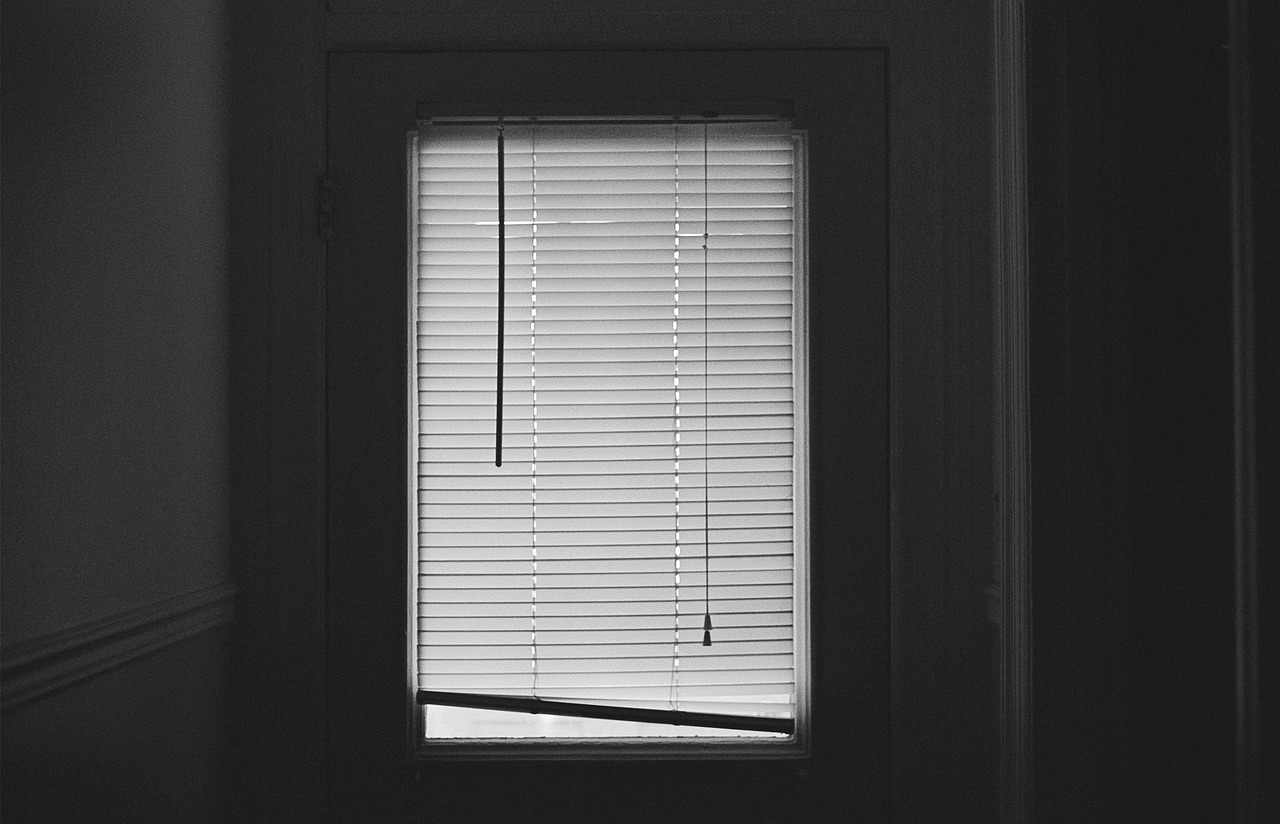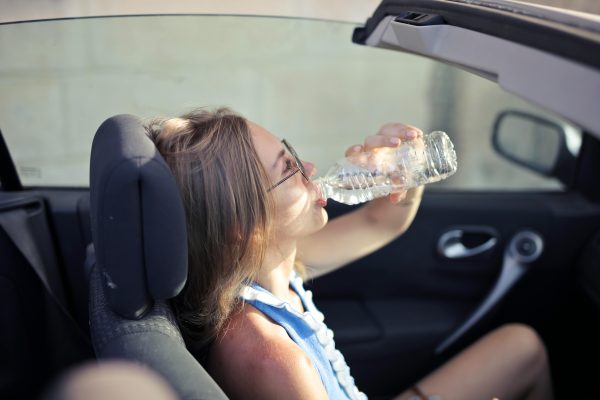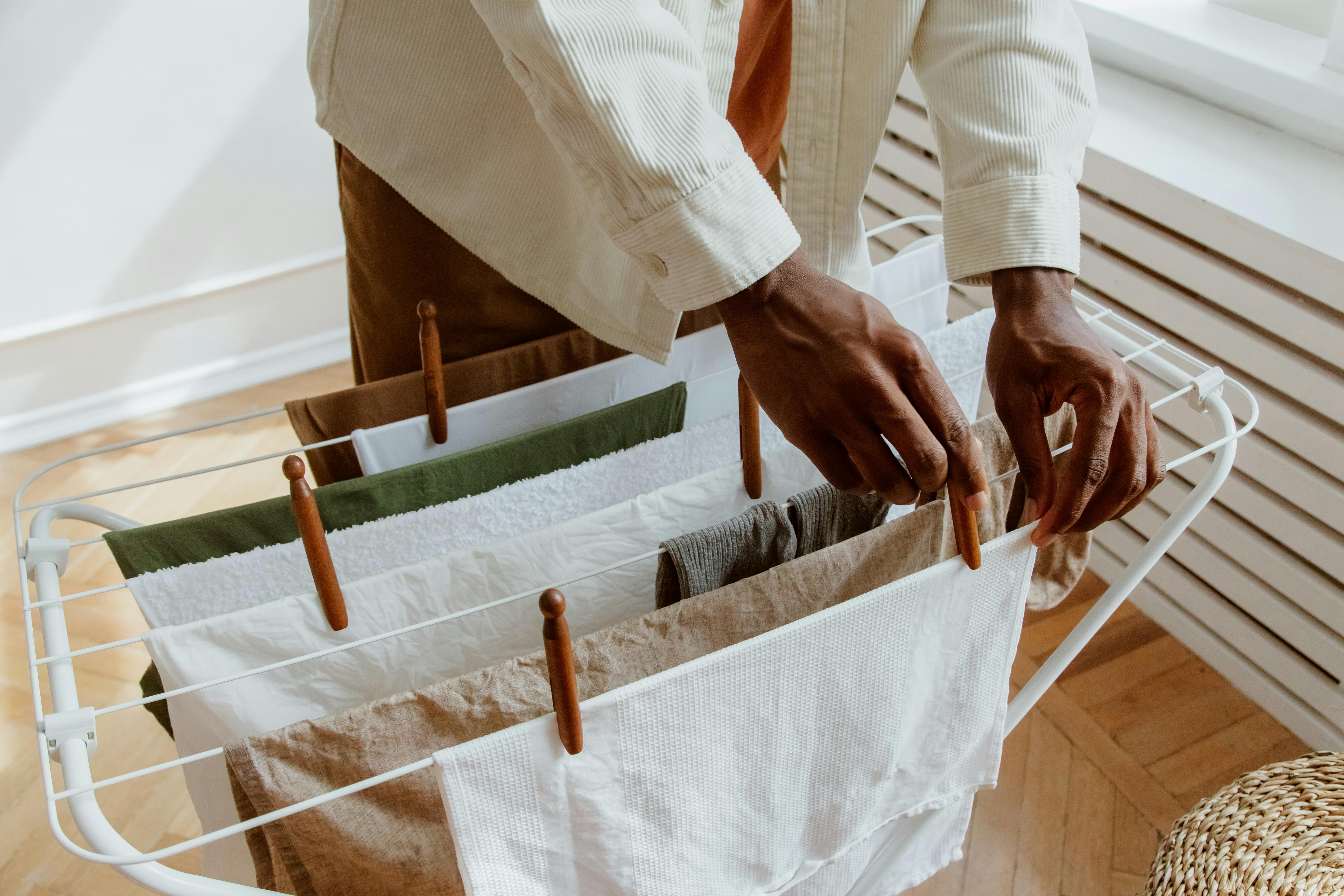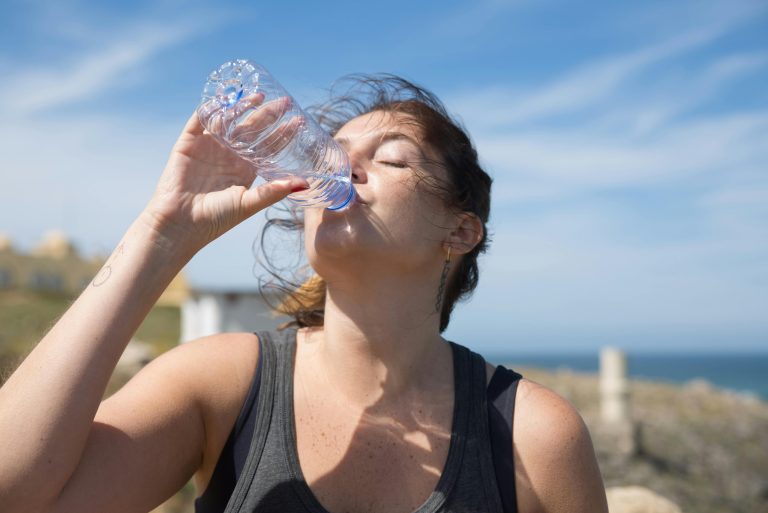Summer is fast approaching and the warmer days of spring are already knocking on our doors. They reassure us that the long winter months are gone, but also remind us that summer swelters are ahead.
Keeping cool in the summer can be costly, but it doesn’t need to be. Your budget can benefit by looking toward traditional alternatives to air conditioners for staying comfortable in the summer heat.
1. Close windows and blinds during the day; open them in the evening
On a hot day, it may seem intuitive to open the windows to let in fresh air. But during a hot spell, the outside air is usually warmer than room temperature. Opening the window invites warm air inside, while keeping windows closed can prevent the warm breeze from carrying heat into your home.
But keeping the windows closed may not be enough, because direct sunlight coming through a window has a warming “greenhouse effect.” That’s when blinds and curtains come in handy, and the reason why many North American homes become shady places in the summer months.

It is best to open windows and blinds in the evening, when the sunlight has waned and the outside air has freshened. Cool breezes are also available just before and around sunrise, which makes catching the morning air a good excuse to get up early.
2. Wear loose-fitting, light-colored clothing, and favor natural fibers
Success
You are now signed up for our newsletter
Success
Check your email to complete sign up
The American Red Cross recommends wearing loose-fitting, lightweight, light-colored clothing to stay cool in extreme temperatures.
On one hand, loose-fitting and lightweight clothing allow for better airflow around the body, which facilitates the evaporation of sweat – an essential body mechanism for dissipating heat. On the other hand, light-colored clothes absorb less heat than darker colors, which makes colors such as white, light blue, beige, light grey and pastel more suitable for the season.
When possible, favor natural fibers such as linen, silk and cotton, as they are more breathable than synthetic fabrics.
3. Drink plenty of water – and a tip to keep it cool

Sweating causes our bodies to lose water, which makes it even more important to stay hydrated on hot days. Not drinking enough water can result in symptoms of heat illness, including dizziness, cramps, weakness and nausea.
According to the American Red Cross, an average person should drink about eight cups of water daily. Of course, few people are really “average” and many factors impact your necessary water intake – such as weight, activity, and climate. Thirst, fatigue, headaches — and especially dark-yellow urine — are all possible indications of dehydration, and worth consideration in determining your hydration needs.
If you enjoy refreshing, ice-cold water in the summer, you may find it helpful to freeze half of your water bottle.
This method helps keep the water cold for a long time, while ensuring the convenience of ready water — rather than a whole frozen bottle where you have to wait on liquid.
To do this, choose a bottle that is made of freezer-safe plastic. Don’t freeze bottles made of stainless steel or glass because water expands as it freezes, and it can cause the bottle to rupture.
Fill your bottle halfway with water and place it upright in the freezer — this position prevents leaks or spills. When you want it, top off the bottle with drinking water. If you don’t want to handle a bottle coated in condensation, wrap it in a towel secured with rubber bands. This will also serve to insulate your chilled beverage.
4. Favor fans over air conditioners
According to Energy Saver, the U.S. Department of Energy’s consumer resource, air conditioning is one of the biggest energy users in American homes, consuming about 5% of all the electricity produced in the United States. This comes at a cost of over $11 billion to homeowners.
Fans consume significantly less energy than air conditioners: USA Today estimates that a fan uses around 1% of the electricity consumed by an AC unit.
Pointing a fan directly at your body or face enhances the evaporation of sweat, helping you cool down quickly. You can also place the fan in a position where it helps circulate air throughout the room to avoid hot spots, and when it’s cooler outside, you can place it near an open window to draw in fresh air.
Don’t forget that ceiling fans should rotate counterclockwise in summer to push air downward and create a cool breeze. In winter, fan blades should rotate clockwise – and at low speed – to help redistribute warm air from home heating that tends to collect near the ceiling.
The switch for adjusting the spin direction is usually located on the side of the fan base.
5. Cut back appliance use

Using the dishwasher or clothes dryer on hot days not only make you warmer when doing these chores; it also adds unwanted heat to your home. Similarly, cooking on the stove or using the oven can raise the indoor temperature.
Luckily, we can opt for low-energy, heat-free alternatives. There’s nothing like fresh, line-dried clothing. Hand-washed dishes rarely have unsightly residue; and simple salads often hit the spot for summer meals.
6. Visit cool public spaces
If these tricks for keeping cool are not enough, consider spending the hottest hours of the day in public spaces, such as libraries, galleries, theaters or malls.
Whether you shell out some cash for entertainment or choose something completely free, these air-conditioned sanctuaries promise a comfortable diversion on a hot day.







